Equipment
The top “outside-the-box” equipment ideas in golf
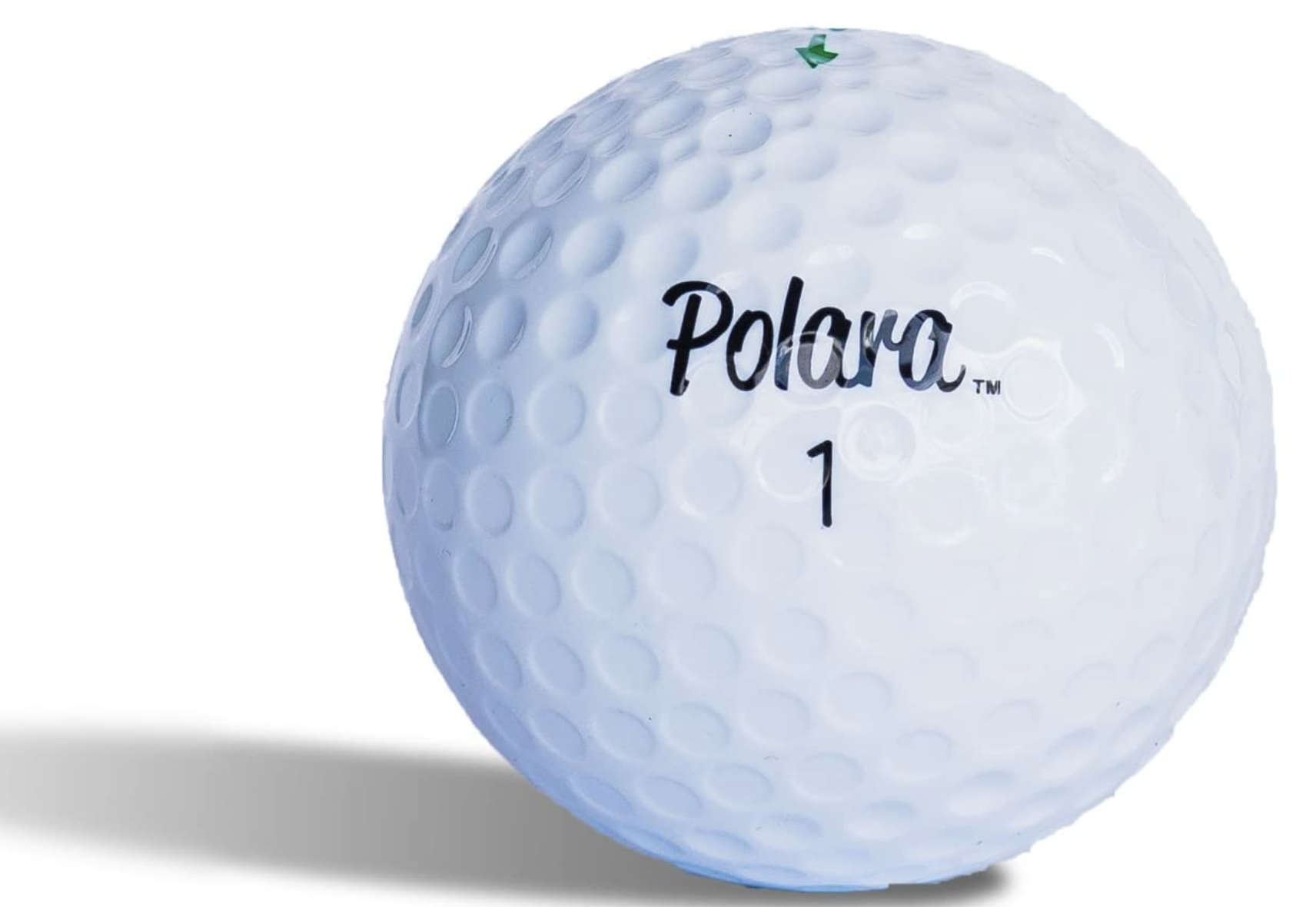
There is no shortage of ideas, or products, introduced to help make the game of golf easier. Some are revolutionary and others lived for only a few brief moments in the sun.
In reality, this list could be a mile, long but we decided to focus on some of the biggest winners as well as some of more fringe, no pun intended, product ideas in recent memory.
Here’s our list.
One-length irons
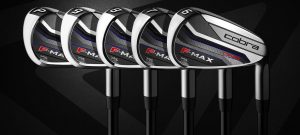
If there was ever a set or style of clubs most tied to an individual golfer, it’s one-length clubs and Bryson DeChambeau. He burst on the scene winning the U.S. Amateur using a set of custom one-length irons from Edel Golf, based in Texas, and after turning professional took an endorsement contract with Cobra and built a one-length set around his game. The thing is, Bryson wasn’t the first, in fact, we can look back 90 years to see Bobby Jones’ set consisted of mostly one length clubs.
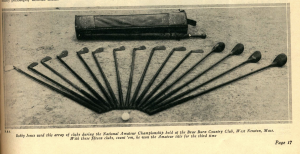
Picture: Lyle Slovik -Twitter
The first mainstream marketed set was the Tommy Armour EQLs, introduced in 1989. They sold well out of the gate, but many customers had issues with distance, and trajectory control. Not long after a short run with just average sales, Tommy Armour dropped the set from its line up, because of the number of unsatisfied customers returning them.
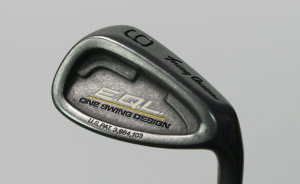
Of all the modern iterations, Cobra seems to have figured out the secret sauce to ball speed, trajectory, and control, and if we had to give them the proverbial thumbs up or down, this is an idea that can help a lot of golfers play better.
Reverse-taper grips
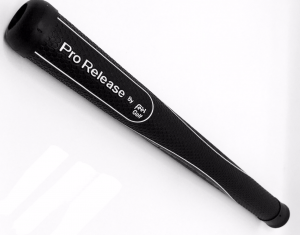
Grips are a fun thing to experiment with, because compared to the other required components to build a club, they are inexpensive and can be easily switched out. Putter grips still get the majority of the attention but at times there have been grips designed for full swing clubs that have certainly tried to flip the industry on their head.
The release grip was first introduced and marketed by Feel Golf and featured a reverse taper design where the largest part of the grip was in the bottom hand – completely opposite of the traditional taper grip. It went through a number of variations including a multi-material rubber cord version, but eventually, the final version was a 2 piece soft polymer grip. Unfortunately, if you are looking to try these out you are going to have to find old stock because the company is no longer around.
Graphite/steel shafts

Similar to one-length irons, the steel X graphite combo shaft can be identified by one man—Bubba Watson and his True Temper BiMatrix Prototype. The shaft design is getting close to 20 years old and even though it has seen some changes through the years the construction has remained mostly unchanged.
Graphite/steel shafts aren’t exclusive to woods either. Adams did a “tour set” in the late ’90s that featured the same bimatrix technology in a set of irons but reversed the steel and graphite, with the graphite section in the tip getting longer in the longer irons to help boost launch and spin – it was a clever idea. Wison also did a steel/graphite shaft in a set of game improvement clubs around 10 years ago, and although the concept worked, it was never a big seller.
![]()
The most modern iteration is the Binary shaft set from True Temper that features a mixed set of 100 percent graphite and steel shafts that can be mixed and matched through the set for players that need extra launch. The shafts are not intended for players at the higher end of the swing speed spectrum but get but a big help for golfers needing extra launch in lower lofted clubs. This one gets a big thumbs up from me since graphite shaft technology and adoption rates continue to climb for players of all abilities and with the greater design flexibility with graphite, we should continue to see this technology evolve.
Flight-correcting golf balls
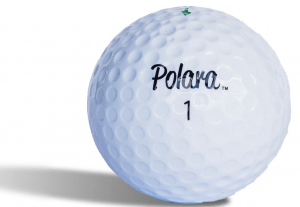
Let’s be very clear—this golf ball and its asymmetrical dimple pattern is 100 percent non-conforming, and its the only non-conforming product on this list. Its meant for recreational golfers just looking to hit straighter shots and have more fun by being less frustrated on the course. Polara balls launched into the market around a decade ago and were a really big hit for a new product, but over time, maybe because golfers weren’t losing as many (wink), sales really leveled out.
The golf ball market is driven by tour performance and value, and a ball designed for a niche market will never be a big seller, but you can still find these available today and yes they do really work. You have to line them up fof every shot meaning you have to break more rules adjusting your lie around the course, but once again if you are a golfer just looking to hit a few more fairways, why not?
You’d never be found using one of these, but I’m still going to give it a thumbs up for making the game more enjoyable.
- LIKE9
- LEGIT0
- WOW0
- LOL1
- IDHT0
- FLOP0
- OB0
- SHANK4
Whats in the Bag
Kevin Streelman WITB 2024 (April)
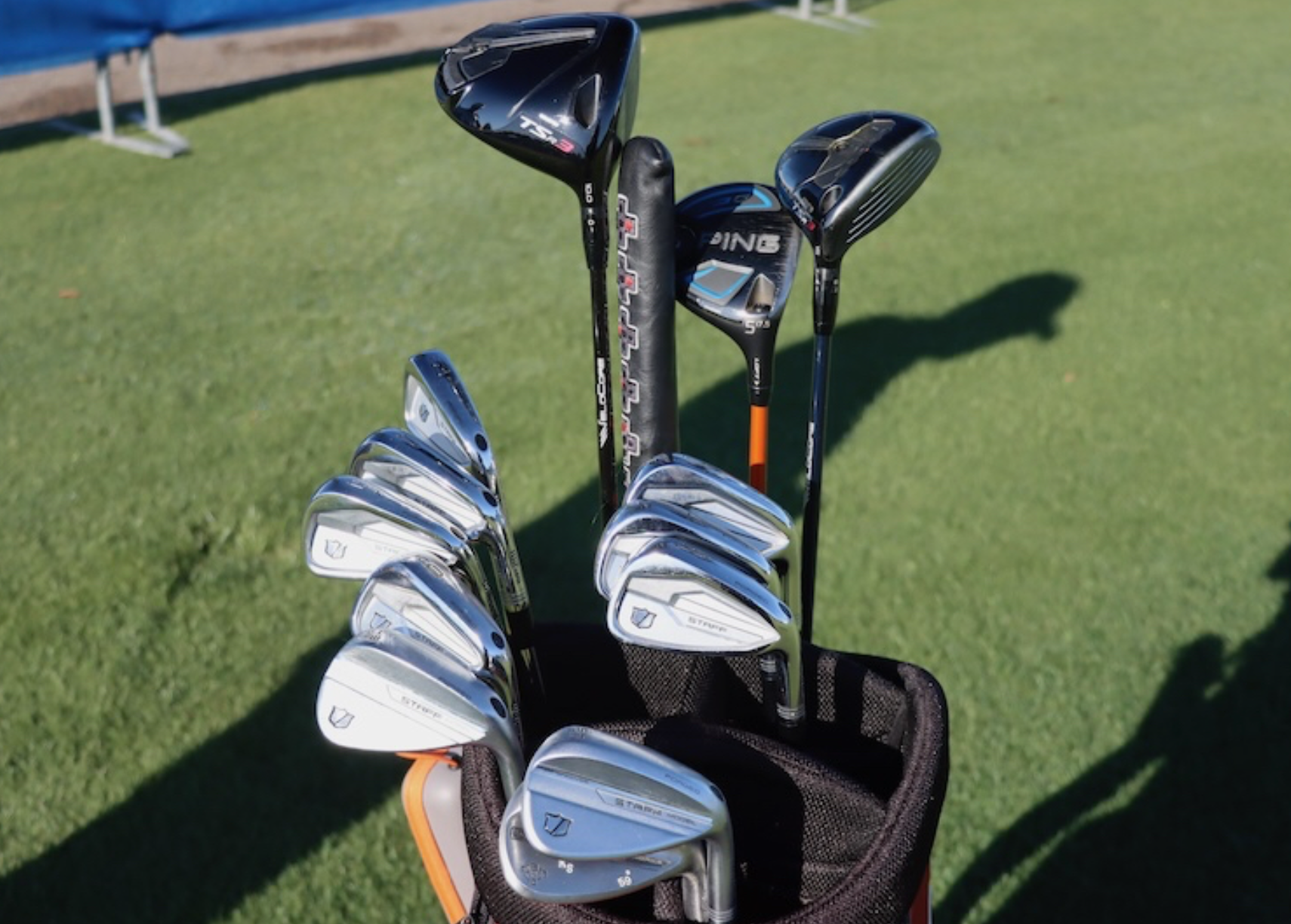
- Kevin Streelman what’s in the bag accurate as of the Zurich Classic.
Driver: Titleist TSR3 (10 degrees, D1 SureFit setting)
Shaft: Fujikura Ventus TR Black 6 X
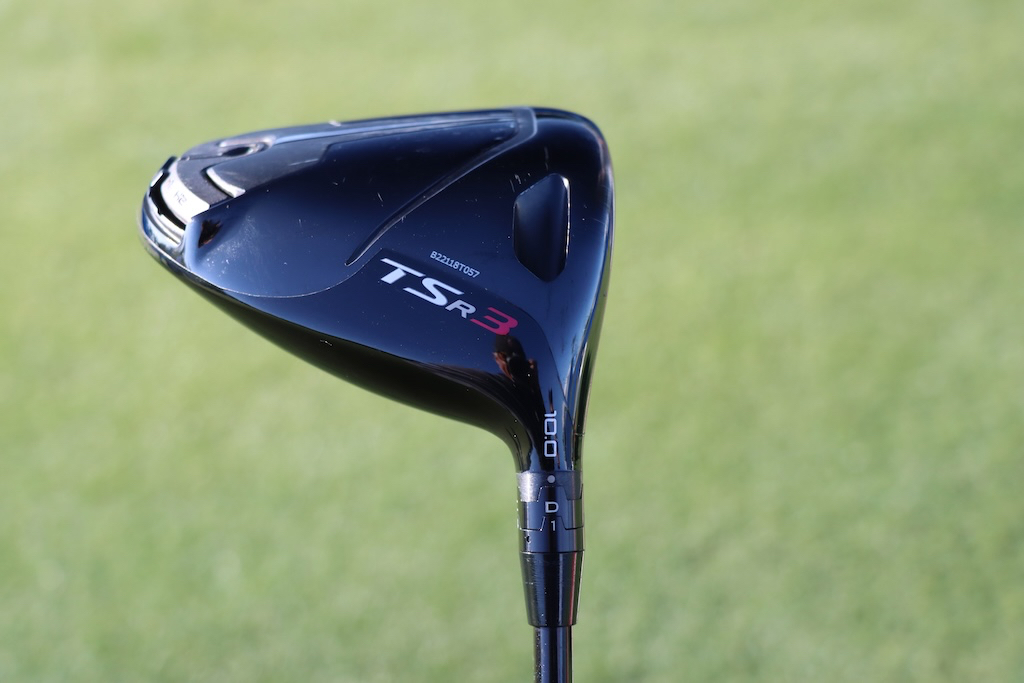
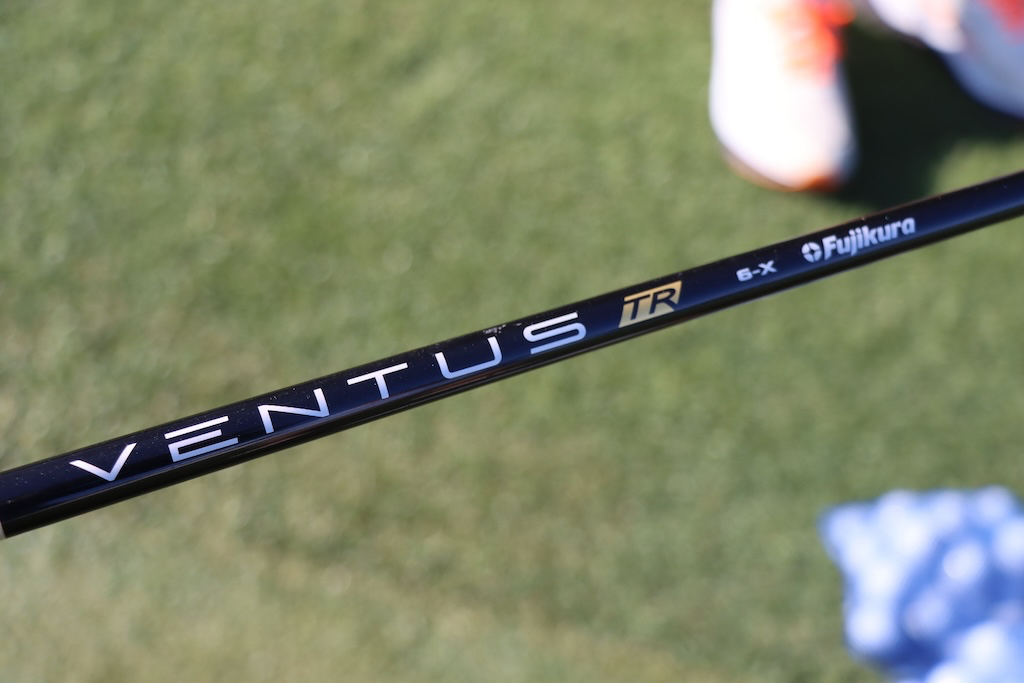
3-wood: Titleist TSR3 (15 degrees, A1 SureFit setting)
Shaft: Fujikura Ventus Blue 8 X
5-wood: Ping G (17.5 degrees)
Shaft: Graphite Design Tour AD DI 10 X
Irons: Wilson Staff Model CB (4-9)
Shafts: Project X 6.5
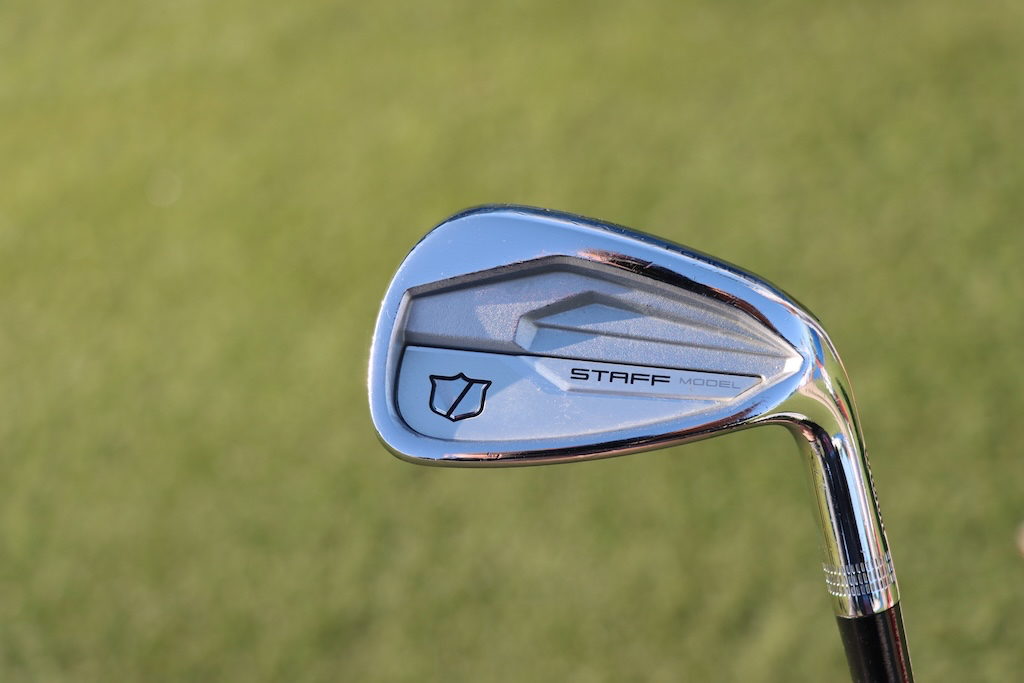
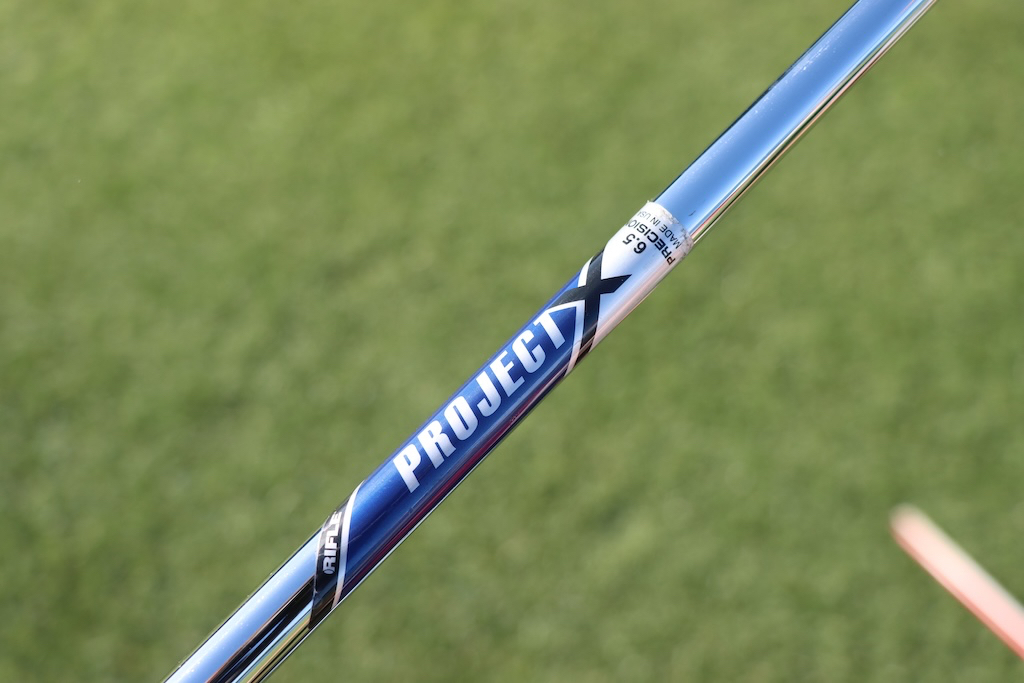
Wedges: Wilson Staff Model (48-08, 54-08), Titleist Vokey Design WedgeWorks (58-L @59)
Shafts: Project X 6.5 (48), True Temper Dynamic Gold Tour Issue S400 (54, 58)
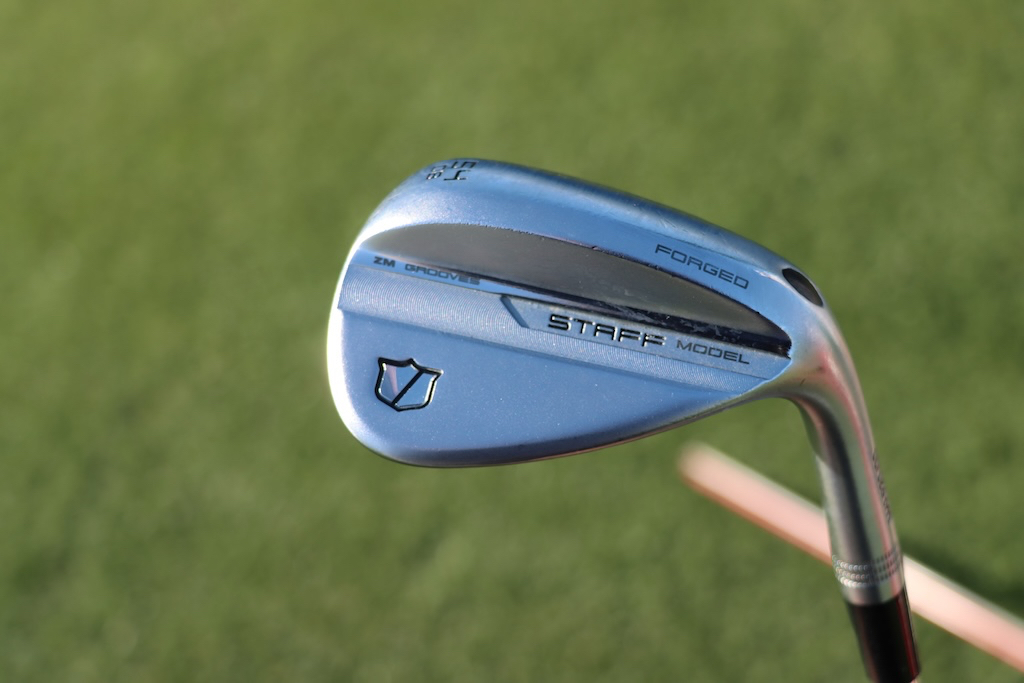
Putter: Scotty Cameron TourType SSS TG6
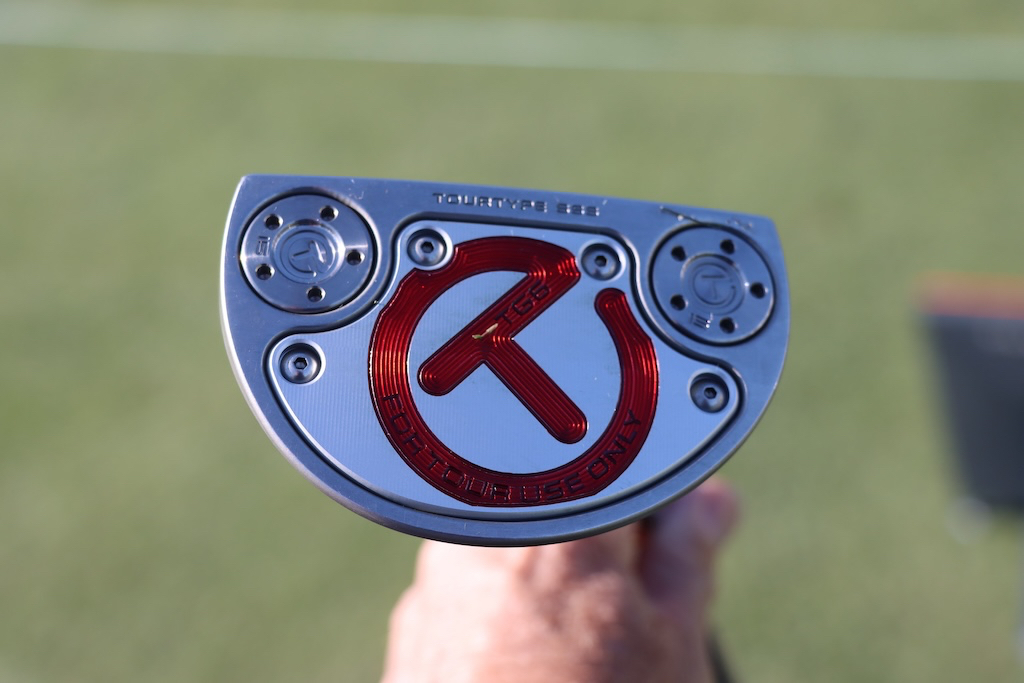
Grips: Golf Pride Tour Velvet
Ball: Titleist Pro V1x
Check out more in-hand photos of Kevin Streelman’s clubs here.
- LIKE1
- LEGIT0
- WOW0
- LOL0
- IDHT0
- FLOP0
- OB0
- SHANK0
Equipment
Choose Your Driver: Which 2012 driver was your favorite?
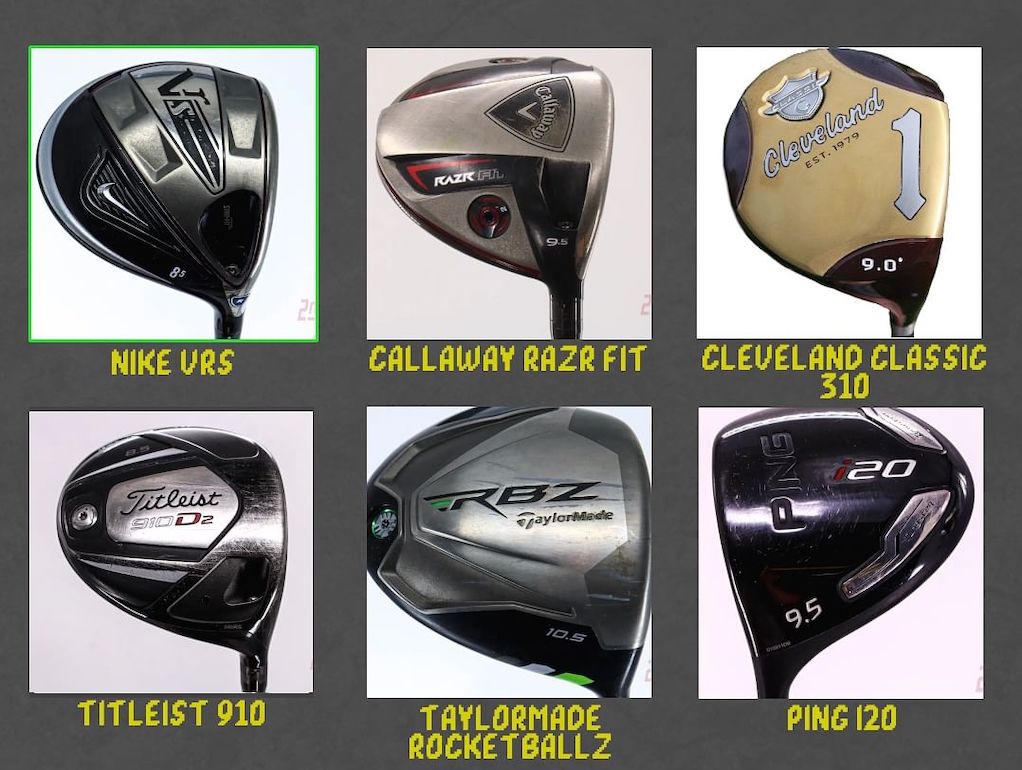
The year was 2012. Gangnam Style ruled supreme, its infectious beats and ludicrous horse-riding dance moves hypnotizing us with their stupidity. Everyone was talking about the Mayan calendar, convinced that the end of days was near. Superheroes soared on the silver screen, with the Avengers assembling in epic fashion. Katniss Everdeen survived The Hunger Games. And the memes! The memes abounded. Grumpy Cat triumphed. We kept calm and carried on.
In much the same way that automotive enthusiasts love classic cars, we at GolfWRX love taking a backward glance at some of the iconic designs of years past. Heck, we love taking iconic designs to the tee box in the present!
In that spirit, GolfWRX has been running a series inspired by arguably the greatest fighting game franchise of all time: Mortal Kombat. It’s not “choose your fighter” but rather “choose your driver.”
Check out some of the standout combatants of 2012 below.
View this post on Instagram
Nike VRS
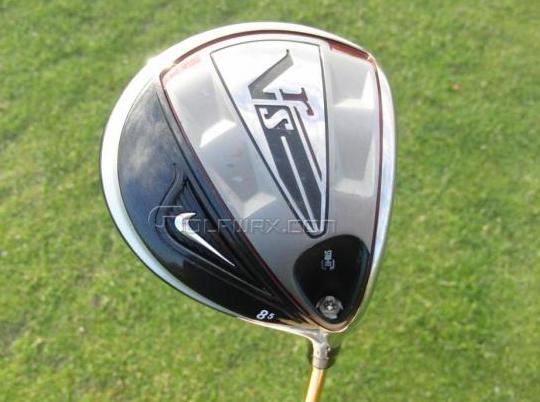
Often harshly critiqued during its years releasing golf equipment (right, Phil Mickelson?), Nike’s tenure in the club-and-ball business gets a gloss of nostalgic varnish, with many of its iron and putter designs continuing to attract admirers. Among the company’s driver offerings, the 2012 VRS — or VR_S, if you will — drew high marks for its shaping and toned-down appearance. The multi-thickness, NexCOR face was no joke either.
Check out our coverage from 2012 here.
Callaway RAZR Fit
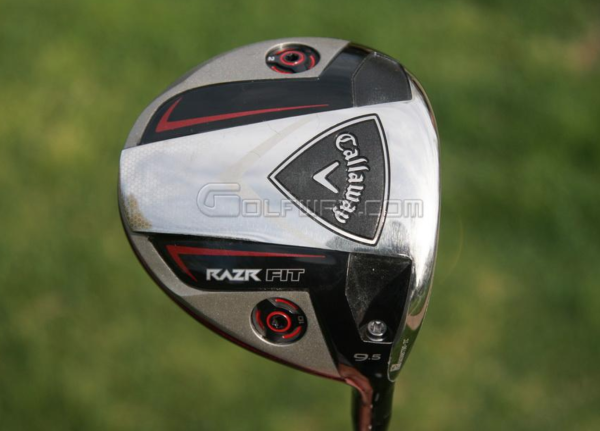
Callaway’s first foray into moveable weight technology (married with its OptiFit hosel) did not disappoint. With a carbon fiber crown, aerodynamic attention to detail, and variable and hyperbolic face technologies, this club foreshadowed the tech-loaded, “story in every surface” Callaway drivers of the present, AI-informed design age.
Check out our coverage from 2012 here.
Cleveland Classic 310
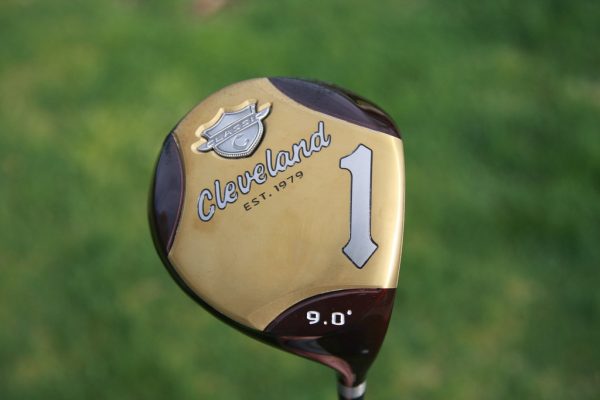
Truly a design that came out of left field. Cleveland said, “Give me a persimmon driver, but make it titanium…in 460cc.” Our 2012 reviewer, JokerUsn wrote, “I don’t need to elaborate on all the aesthetics of this club. You’ve seen tons of pics. You’ve all probably seen a bunch in the store and held them up close and gotten drool on them. From a playing perspective, the color is not distracting. It’s dark enough to stay unobtrusive in bright sunlight…Even my playing partners, who aren’t into clubs at all…commented on it saying it looks cool.” Long live!
Check out our coverage from 2012 here.
Titleist 910
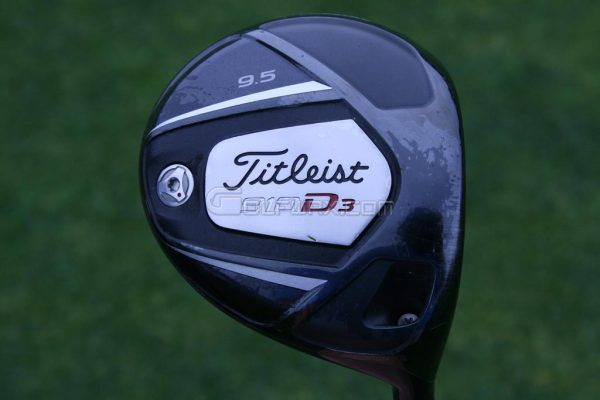
While there’s no disputing Titleist’s “Titleist Speed” era of drivers perform better than its 2010s offerings, sentimentality abounds, and there was something classically Titleist about these clubs, right down to the alignment aid, and the look is somewhere between 983 times and the present TS age. Representing a resurgence after a disappointing stretch of offerings (907, 909), The 910D2 was a fairly broadly appealing driver with its classic look at address and classic Titleist face shape.
Check out our coverage from 2012 here.
TaylorMade RocketBallz
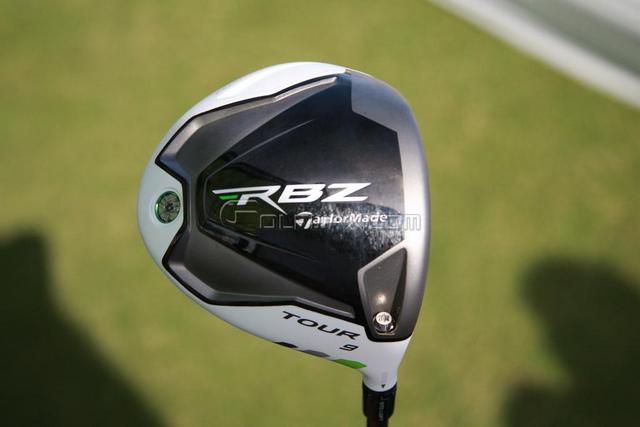
The white crown. The name. You either loved ‘em or you hated ‘em. TaylorMade’s 2012 offering from its RocketBallz Period boasted speed-enhancing aerodynamics and an Inverted Cone Technology in the club’s titanium face. Technology aside, it’s impossible to overstate what a departure from the norm a white-headed driver was in the world of golf equipment.
Check out our coverage from 2012 here.
Ping i20
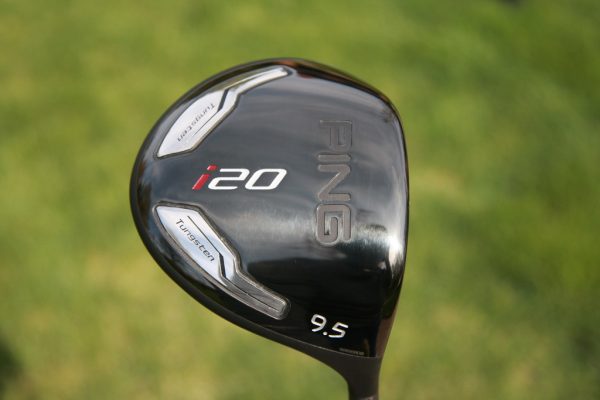
Long a quietly assertive player in the driver space, Ping’s i20 was more broadly appealing than the G20, despite being a lower-launch, lower-spin club. Ping drivers didn’t always have looks that golfer’s considered traditional or classic, but the i20 driver bucked that trend. Combining the classic look with Ping’s engineering created a driver that better players really gravitated toward. The i20 offered players lower launch and lower spin for more penetrating ball flight while the rear 20g tungsten weights kept the head stable. Sound and feel were great also, being one of the more muted driver sounds Ping had created up to that time.
Check out our coverage from 2012 here.

GolfWRXers, let us know in the comments who “your fighter” is and why!
- LIKE5
- LEGIT0
- WOW0
- LOL0
- IDHT0
- FLOP1
- OB0
- SHANK0
Equipment
Coolest thing for sale in the GolfWRX Classifieds (4/29/24): Krank Formula Fire driver with AutoFlex SF505 shaft
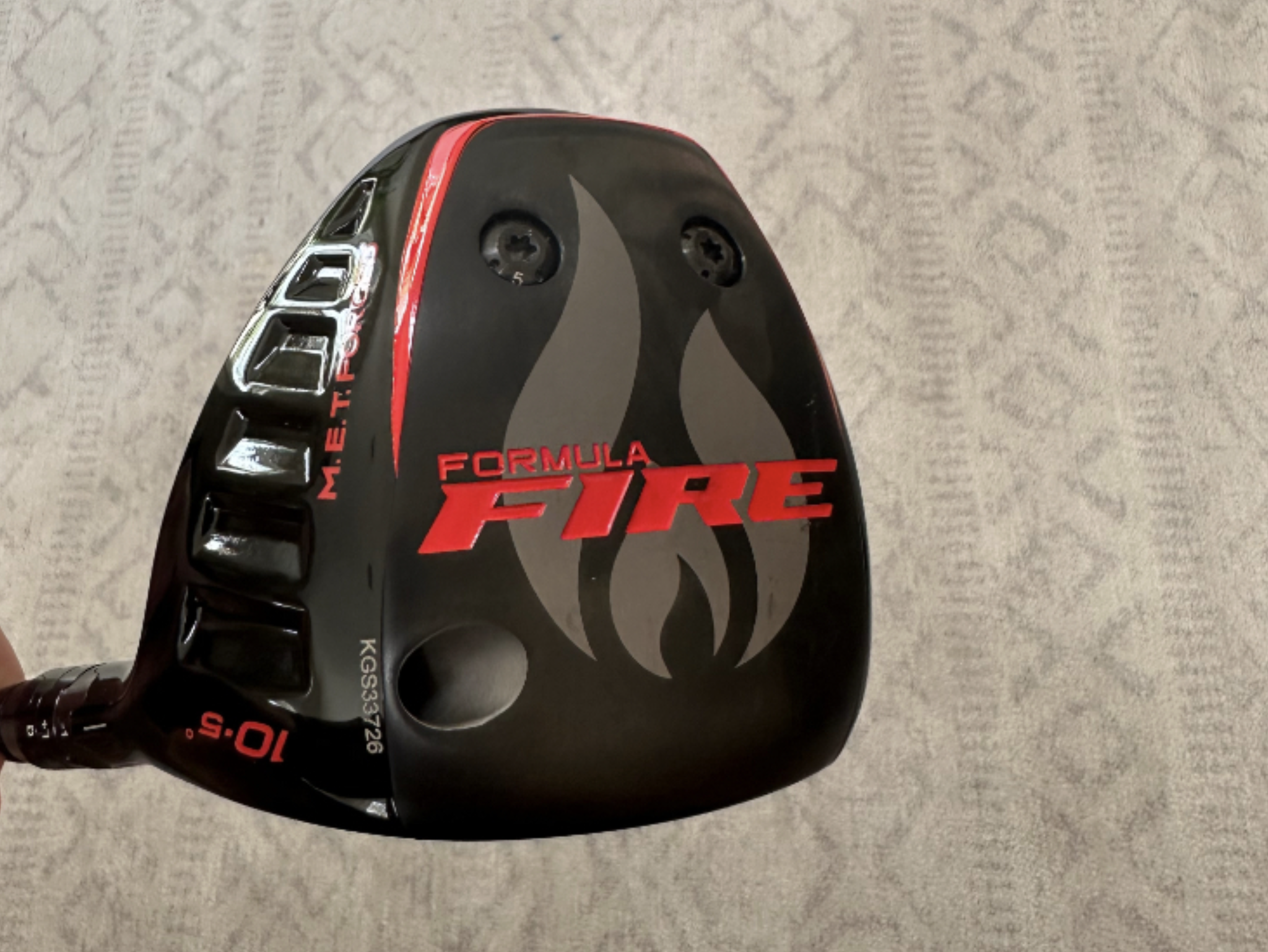
At GolfWRX, we are a community of like-minded individuals that all experience and express our enjoyment of the game in many ways.
It’s that sense of community that drives day-to-day interactions in the forums on topics that range from best driver to what marker you use to mark your ball. It even allows us to share another thing we all love – buying and selling equipment.
Currently, in our GolfWRX buy/sell/trade (BST) forum, there is a listing for a Krank Formula fire driver with AutoFlex SF505 shaft.
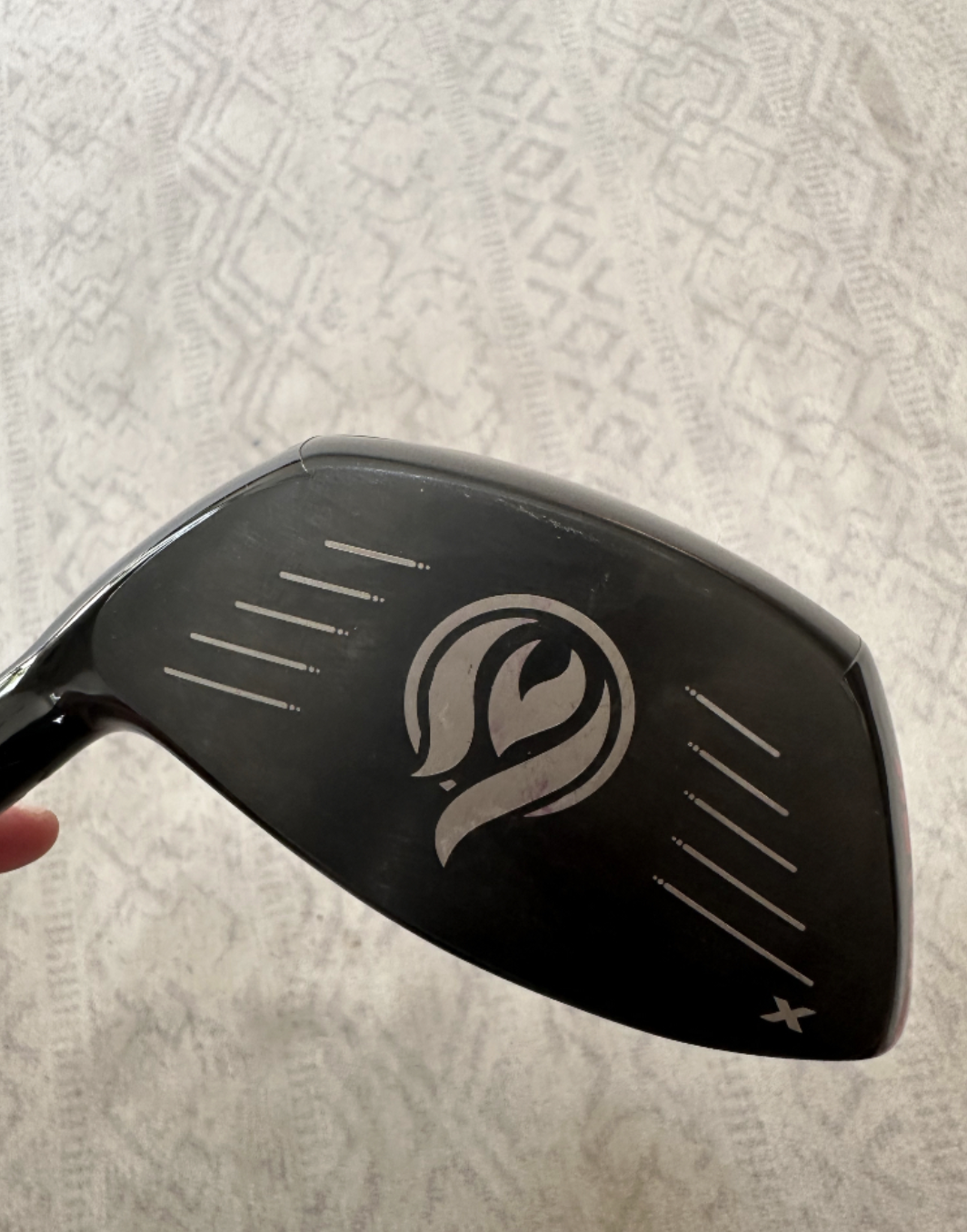
From the seller: (@well01): “Krank formula fire 10.5 degree with AUtoflex SF505. $560 shipped.”
To check out the full listing in our BST forum, head through the link: Krank Formula Fire driver with AutoFlex SF505 shaft
This is the most impressive current listing from the GolfWRX BST, and if you are curious about the rules to participate in the BST Forum you can check them out here: GolfWRX BST Rules
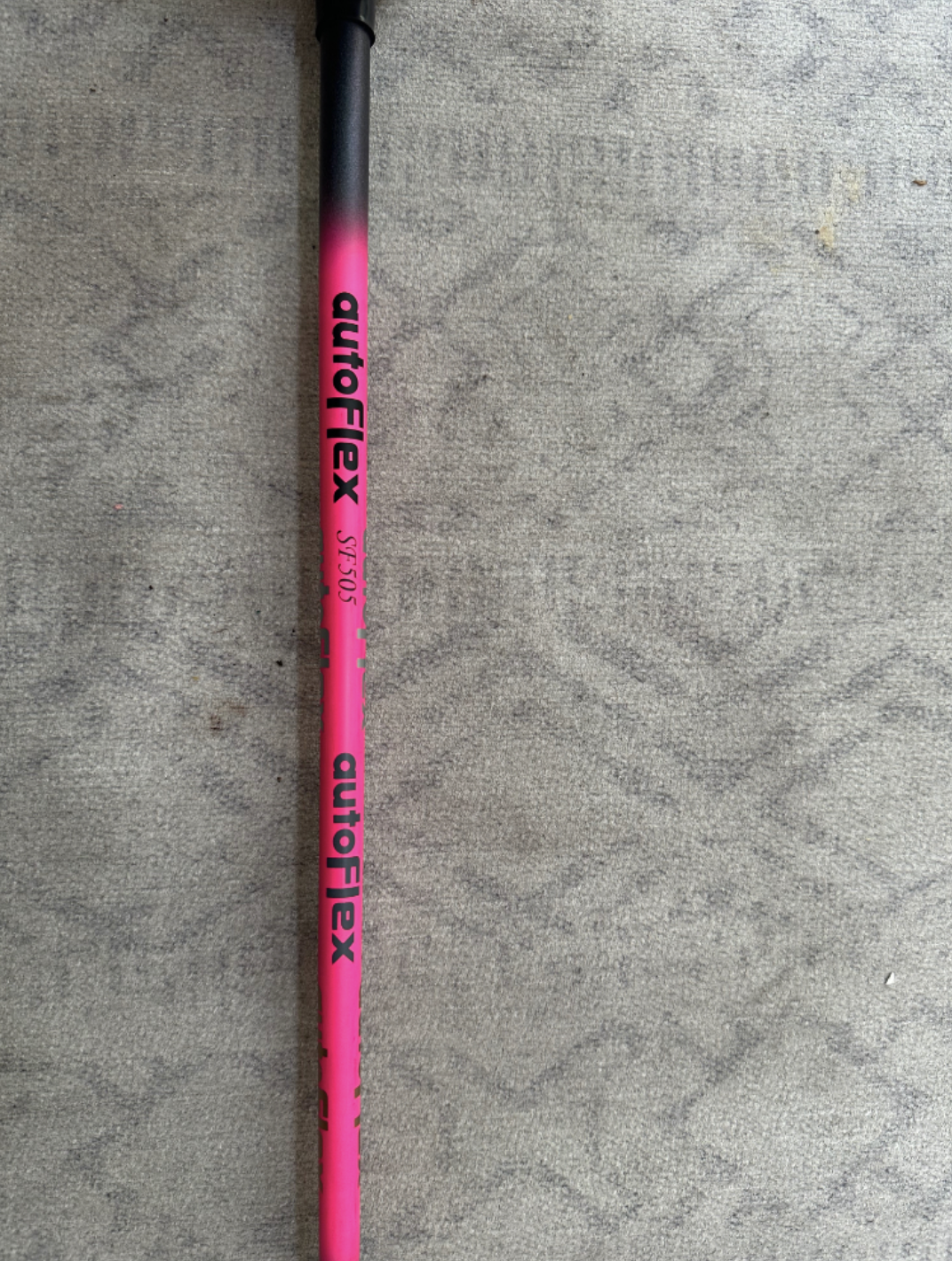
- LIKE7
- LEGIT1
- WOW0
- LOL0
- IDHT0
- FLOP0
- OB0
- SHANK0
-

 19th Hole3 weeks ago
19th Hole3 weeks agoDave Portnoy places monstrous outright bet for the 2024 Masters
-

 19th Hole1 week ago
19th Hole1 week agoJustin Thomas on the equipment choice of Scottie Scheffler that he thinks is ‘weird’
-

 19th Hole3 weeks ago
19th Hole3 weeks agoTiger Woods arrives at 2024 Masters equipped with a putter that may surprise you
-

 19th Hole1 week ago
19th Hole1 week ago‘Absolutely crazy’ – Major champ lays into Patrick Cantlay over his decision on final hole of RBC Heritage
-

 19th Hole2 weeks ago
19th Hole2 weeks agoTwo star names reportedly blanked Jon Rahm all week at the Masters
-

 19th Hole2 weeks ago
19th Hole2 weeks agoReport: LIV Golf identifies latest star name they hope to sign to breakaway tour
-

 19th Hole2 weeks ago
19th Hole2 weeks agoNeal Shipley presser ends in awkward fashion after reporter claims Tiger handed him note on 8th fairway
-

 19th Hole2 weeks ago
19th Hole2 weeks agoBrandel Chamblee has ‘no doubt’ who started the McIlroy/LIV rumor and why















